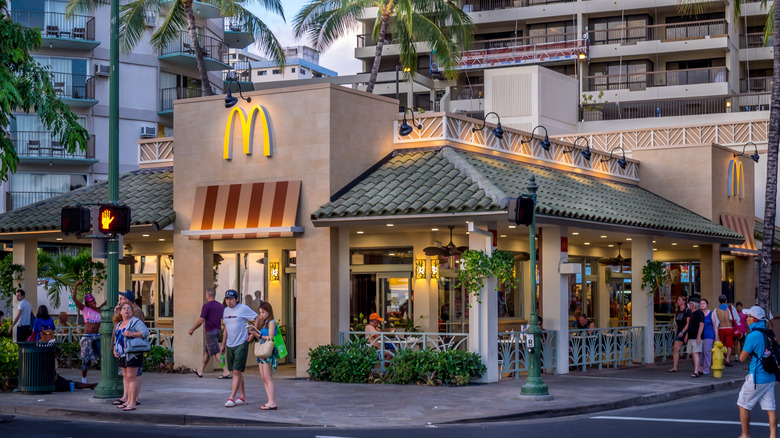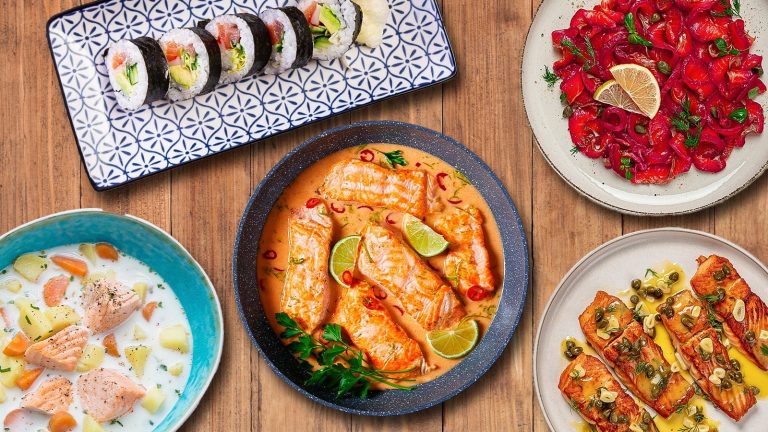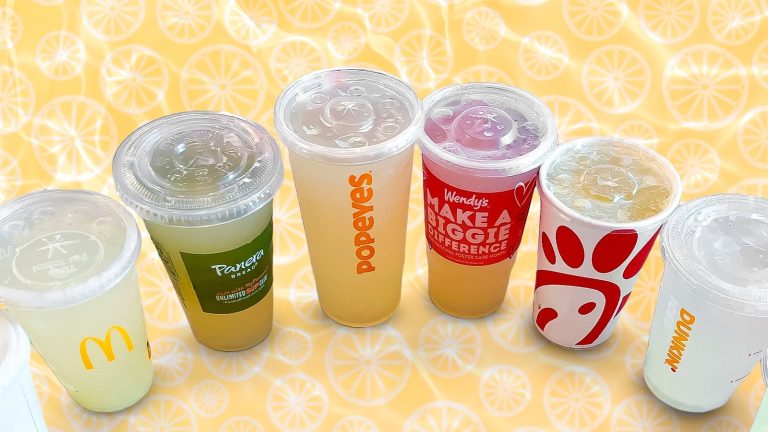The country with the most McDonald’s is, you guessed it, the United States, home to a whopping third of all the chain’s locations in the world. But travel across the nation and you’ll find some surprising twists to the familiar menu. Sure, the Big Mac is a constant, but McDonald’s likes to adapt its offerings to accommodate the tastes of different regions. That’s why the McDonald’s menu changes from country to country, and even state to state.
This explains the fervor of the fast food chain’s customers when touching down in Hawaii to discover that McDonald’s there feature Spam on the menu. “I don’t think I’ve ever been this excited for McDonald’s breakfast lol,” one person gushed on X. This McDonald’s fan was specifically talking about the Spam Eggs and Rice — a 570-calorie, protein-rich spin on a Hawaiian staple.
This combo, typically dished up with rice, eggs, bacon, and Portuguese sausage, has become a fast food classic in Hawaii. Spam became part of local cuisine after World War II, when Minnesota-based Hormel Foods shipped 100 million pounds of Spam around the globe to feed American troops, including those in Hawaii. Of course, it stuck around, as nearly 7 million cans of Spam are eaten annually in the state.
Spam even has its own holiday. National Spam Musubi Day is celebrated every August 8, and there’s a festival dedicated to the canned delicacy. At Waikiki Spam Jam, you’ll find everything from the popular snack Spam musubi, a type of sushi with grilled Spam, to experimental bites like Spam musubi butter mochi.
Hawaii’s complicated relationship with Spam
Hawaii’s love affair with Spam is no secret, with more Spam consumed per person in Hawaii than in any other U.S. state. But the relationship is more complicated than it seems. Spam is super processed, high in sodium and fat, and has been linked to health issues like obesity and heart disease. Some folks see Spam as part of a bigger problem with accessing fresh, healthy food in Hawaii, while others consider it a legacy of colonialism, as Spam wouldn’t have reached the islands at all if it weren’t for U.S. military presence during World War II.
If Spam isn’t your thing, there are plenty of other Hawaii-exclusive McDonald’s items to try out. One of these is the McTeri Deluxe sandwich, which includes a beef patty smothered in teriyaki sauce. For those with a sweet tooth, there are the Haupia Pies — a riff on a coconut milk-based Hawaiian dessert — as well as fried apple pies (unlike the baked ones sold on the mainland). Because local sales were so strong, McDonald’s franchise owners were allowed to keep selling the chain’s original fried apple pies.
Hawaiian cuisine is one of the best examples of delicious cultural mashups, with dishes infused with Filipino, Portuguese, Chinese, Japanese, and Korean flavors. While it isn’t a Spam musubi, the Spam breakfast at McDonald’s is a pretty tasty way to experience a fast food version of the local staple.






